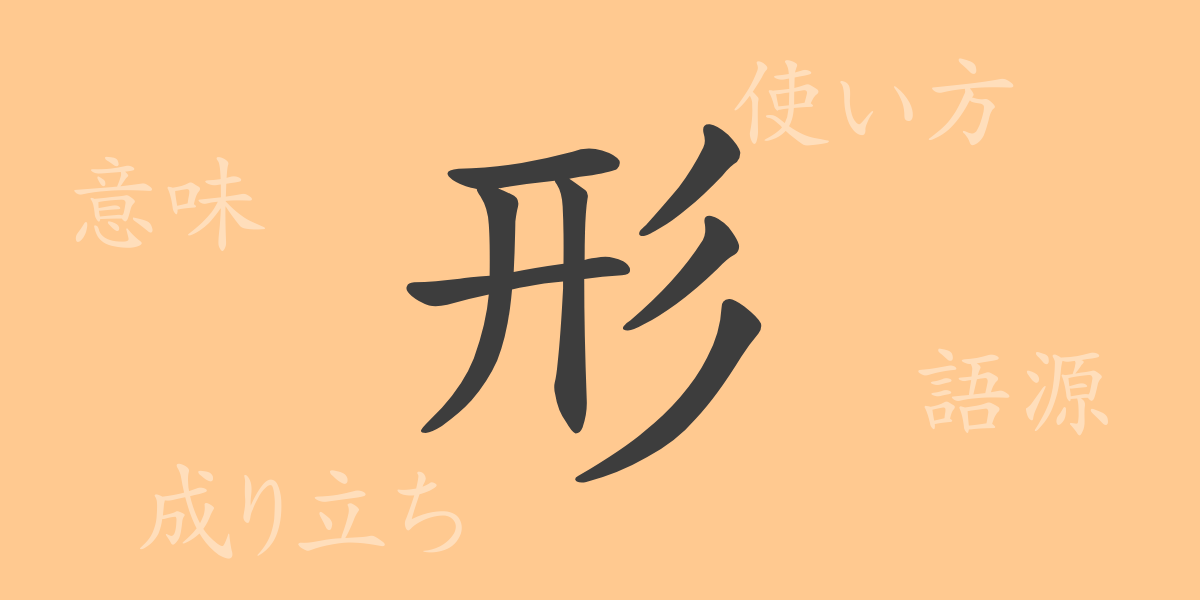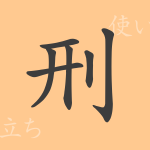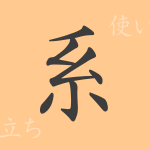Within the rich tapestry of Japanese expression, kanji play a crucial role. The kanji “形(かたち)” is frequently used in daily life, encompassing a wide array of meanings and applications. This article delves into the origins, usage, and significance of “形(かたち)” in the Japanese language.
Origin of 形(かたち) (Etymology)
The kanji “形(かたち)” originates from ancient Chinese pictographs. Initially, it represented a raised earthen altar. Over time, its meaning expanded to denote the appearance or shape of objects. This kanji now expresses both physical forms and abstract concepts, paralleling its development in Japanese.
Meanings and Uses of 形(かたち)
The kanji “形(かたち)” primarily refers to the appearance or shape of objects or people. It also represents abstract concepts like states or forms. Figuratively, it can denote superficial or nominal aspects, as in the expression “形だけ(かたちだけ)” which means something that is only for show.
Readings, Stroke Count, and Radical of 形(かたち)
The kanji “形(かたち)” is deeply intertwined with the Japanese language through its readings and structure.
- Readings: The on’yomi (Chinese reading) is “ケイ,” and the kun’yomi (Japanese reading) is “かたち” or “かた.”
- Stroke count: “形(かたち)” has a total of 7 strokes.
- Radical: The radical is “彡(さんづくり),” which is related to patterns or decorative elements.
Idioms, Expressions, and Proverbs Using 形(かたち)
Japanese includes numerous idioms, expressions, and proverbs featuring “形(かたち).” For example, “形勢逆転(けいせいぎゃくてん)” means a situation turning from disadvantageous to favorable, “形式美(けいしきび)” refers to beauty without practical use, “形にこだわる(かたちにこだわる)” means to prioritize form over substance, and “型にはまる(かたにはまる)” means to conform to certain norms or customs.
Conclusion on 形(かたち)
The depth of meaning contained within a single kanji reflects the richness of Japanese expression. The kanji “形(かたち)” is versatile, capable of representing physical attributes, internal states, and societal norms. The multifaceted use of a single kanji highlights the complexity and subtlety of the Japanese language. Recognizing the history and significance behind “形(かたち)” can enrich our appreciation of its use in everyday life. Each encounter with “形(かたち)” serves as a reminder of its historical and cultural depth, offering new insights into the beauty of Japanese words.

























